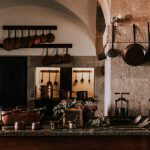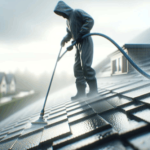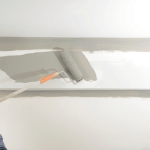The wooden chopping board also know as “cutting board” or “chopping block” is a slightly thick piece of finely cut wood designed for preparing food. These blocks come in various sizes, shapes, thickness and designs.
In the rise of the modern age, wood was being used a lot less in our kitchens if favor of using plastics. Plastic can be found in just about any kitchen now but over the past decade, wood has made its re-appearance on our cooking tops once again. Studies found that using wooden blocks have a significant advantage over plastic materials.
Why are wooden chopping boards better than plastic?
One word, hygiene. Plastics are now known to carry more bacteria than any kind of chopping board. When you leave a cut on the surface, this is where the microbes can live then multiply. Although you can leave it to soak in with your dishes or dishwasher, these small cuts welcome other bacteria from surrounding cooking items. The best way to clean your plastics is to scrub with washing up liquid, hot water and a dish cloth.
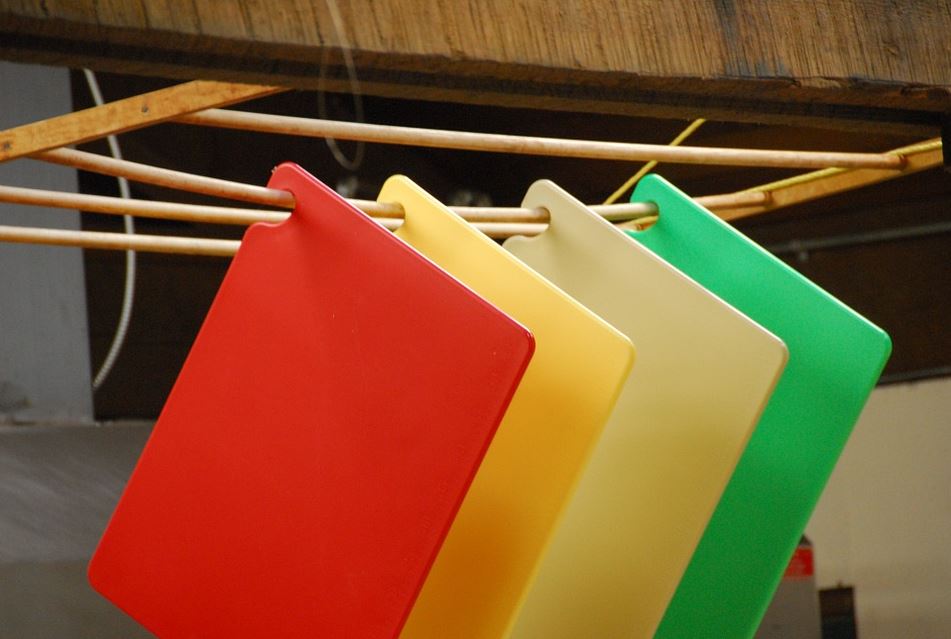
Source Photo: Pixabay
Although, like plastic, if you choose a soft wood you are still prone to inviting bacteria, especially from meat. We like to choose hardwoods such as maple or oak. These tend to damage your knives faster but the wood is damaged a lot less than their softer counter parts.
Woods have an almost self healing property as its a natural material and can be difficult to damage when properly used. They’re also know for their anti-septic properties.
What are the different types of cutting boards?
There’s always a selection for you to choose from when you prep your food. Depending on what you are cutting up, there is a board for everything edible. From colour coded plastics, round chopping boards to thick butcher blocks, we’ll go over the selection available to you;
Materials
There are more than just your common wooden chopping board. We’ll start with granite. This material is one of the hardest cutting boards on the list and will easily dull your knives. Granite in general is an expensive material, so you will have to dig a little deeper than your usual cutting board. If you’re heavy handed, this is the perfect board for you.
Like granite, we have marble, another aesthetically pleasing material for when you’re prepping food. And like granite, this material is also expensive and harsh on your knives. Glass ( yes, glass ) falls under the same category as these two. However, is the cheaper option. Even with minimal use, these materials will greatly shorten the life span of your sharp prepping tools.
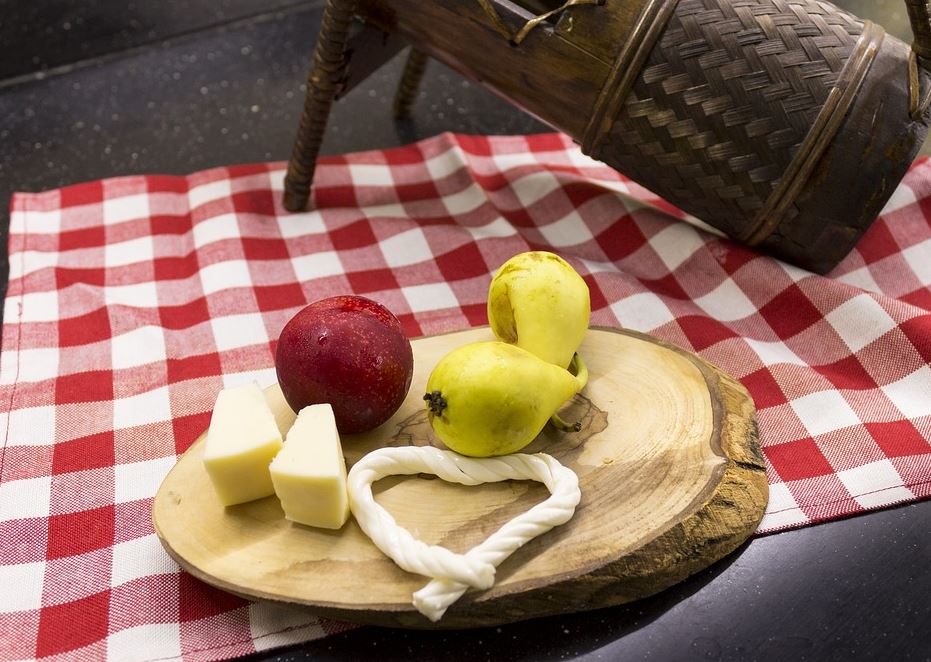
Source Photo: Pixabay
Next we have silicon, a softer material for food preparation. These are flexible and more “mat” like than the previous boards. These boards are great for hygienic purposes and the have a very strong resistant to bacteria, meaning, cleaner food and less sickness.
We then have plastic. This material is very popular but also dangerous as it can house a number of bacteria from your recent food prep session. Also they can contain bacteria from neighbouring cook ware as most people stick them in a dishwasher. It is advised to avoid using these but clean them with a cloth by hand if need be.
Purposes
You have a number of purposes to to choose from when prepping your foods. There is almost all kinds of styles, features for your needs.
The standard wooden chopping board is the over all favourite among the choices. You have a number of woods to choose from such as soft to hard, and oak to maple.
The butcher block is one of the thickest, heaviest boards you can get. These large pieces of wood are designed for heavy swings cutting up large portions of meat. The great thing about butcher blocks is that they prevent any slipping as you cut on your kitchen top. Another great feature is that they are designed to take more damage than your average wooden chopping board, so you can worry less about wood splits and more on cooking.
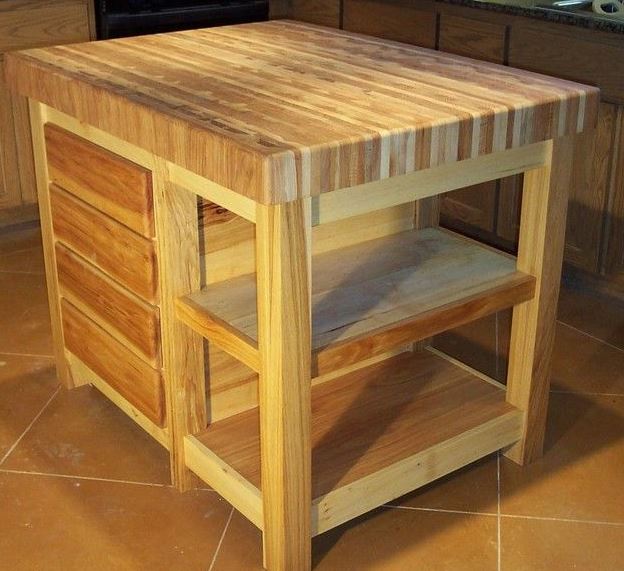
Source Photo: Pinerest
Bread boards are designed for, you guessed it, bread. They’re long for the reason of collecting every slice you make and every crumb you drop. From freshly baked to recently bought, you don’t have to worry about surface space ever again.
The carving board is great for getting the fine cuts you are looking for. This option comes in a range of materials and can be in various carving shapes. Need a specific shape to cut your veg? Need to catch some excess juices from your meats? The features and combinations are endless when you select this option.
Hygiene
If we want to go further, we can obtain a collection of colour coded chopping boards. This allows us to prevent any cross contamination of the various foods we prepare. Using colour coded chopping boards along with different knives can greatly reduces the risk of sickness. Here is a list of the colours associated with the different kinds of foods;
- Red: for raw meats
- Blue: for raw sea foods
- Green: for vegetables and fruits
- Yellow: for poultry
- Brown: for cooked meat
- White: for general such as breads or other dry foods
How do you clean a wooden cutting board?
Cleaning your wooden chopping board is very important, probably one of the most important pieces of your kitchen. This is because cutting boards in a regular household kitchen will use two or even just one board for every available kind of food.
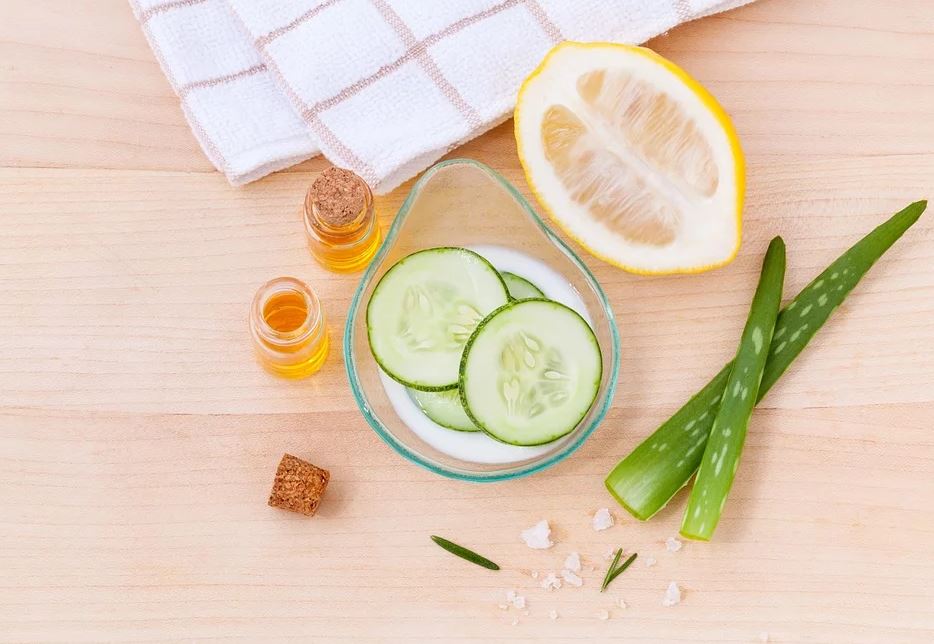
Source Photo: Pixabay
This is a dangerous practice if not cleaned properly. Also, be sure to never stick your board in a dish washer. This will cause cracking and spiting over a short period of time. Here are some items you’ll need when cleaning off your board;
- Hot water
- Liquid dish soap
- Sponge
- Micro fibre cloth
- Walnut or almond oil
- Salt
- Lemon juice
You will need to clean your boards by hand. Start by taking a sponge, dabbing it in some dish soap and hot water then scrub the surface of your board. As wood naturally absorbs water, it’s best to have a dedicated cloth or towel to dry it off. Once it’s been cleaned with the soap, use the cloth to get as much of the water as you possibly can.
For longer term use, try adding salt to a hot water mix. This will help remove some of the remaining food. Lemon juice is a good option for removing any left over odours. For a regular finish, used the walnut oil with a clean cloth. This is good having a nice finish and a protective layer against bacteria.




